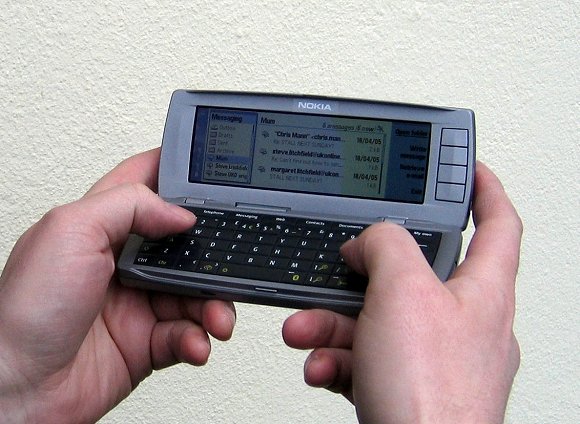
Nokia 9500 Communicator, in action in my hands in the mid-2000s
The answer to that question depends on how you actually define 'Symbian' and which interface you're talking about. The 4" screened Series 80 (non-touch, QWERTY, e.g. Nokia 9500) and Series 90 (touchscreen, e.g. Nokia 7710) Communicators back in 2004(ish) could each have certainly been developed further, to use larger screens. But I think that's stretching my musings too far - after all, this branch of the Symbian world was axed by Nokia almost a decade ago.
Then there are the UIQ smartphones, also with touchscreens, of which the last was produced in 2007, so almost six years ago. Although based around a touch UI, these devices were also very much designed around the small portrait screens of the time and it's debatable whether UIQ would have scaled successfully up to larger devices.
The form of Symbian which prospered (at the expense of Series 80, in particular) was of course Series 60, later renamed 'S60' and then back to just 'Symbian', in 2010. The interface that was designed for 176x208 pixel, 2" screens was scaled up for QVGA, then 352x416 pixels (e.g. on the Nokia E70) and finally to 360x640 pixels for the S60 5th Edition generation (Nokia 5800, etc.) and most of the newer 'Symbian' devices (N8, 808, etc. - I'll ignore the oddball VGA screened E6 for a moment). Yes, the touch implementation has been tightened up a lot since the early days of S60 5th Edition, but it's still easy to pick up a Nokia 808, for example, and use it one-handed in a way that's not a million miles from how those early Series 60 devices worked.
At which point you have to consider how Symbian's UI, in its current hybrid state (part touch-optimised, part legacy), might have scaled up further. You can get a sense for how a Symbian 'phablet' might work by rotating your device and using it in landscape mode for a bit. Certainly, Symbian's been designed to cope with aspect ratio changes gracefully for years - far more so than other mobile platforms, e.g. iOS, Android, Windows Phone, all of which have patchy landscape support.
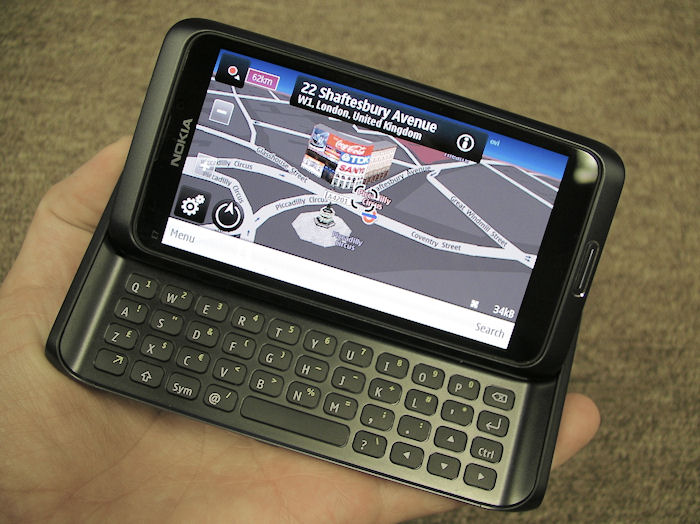
Symbian has always been adaptable in terms of screen resolution and aspect ratio, here showing Nokia Maps in landscape mode on the Nokia E7's 4" nHD screen. It's also easy to see how applications like Maps might have scaled nicely to larger, higher resolution displays...
Applications like Maps, Web and Gallery are trivial to adapt for larger screens, of course, they need as much space as they can get, though you'd have to start adding extra controls into the toolbars, to stop the existing controls looking rather 'lonely'. Standard data-centric applications like Contacts, Messaging and Log would be somewhat awkward, since there's not really enough information per screen to warrant filling a phablet display. Mail, Calendar and Store are interesting in that they would have lent themselves to adapting to a larger display, perhaps with side-by-side/tabular layouts.
In short, quite possible, though - can you imagine a 6"-screened Symbian smartphone with a 1080p display? It's certainly an intriguing 'what if' to mull over.
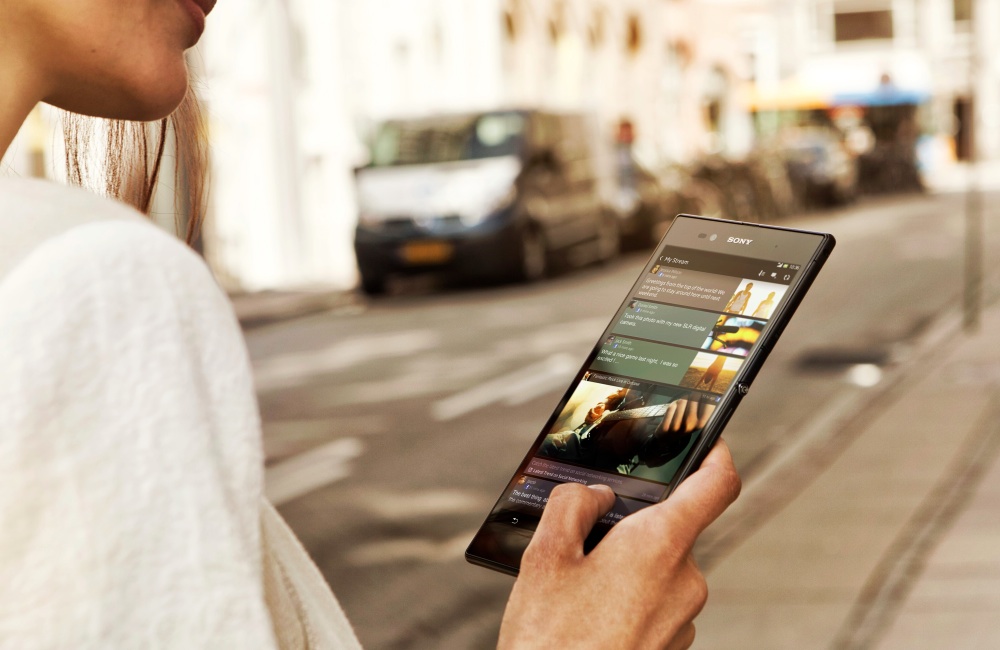
The new Sony Xperia Z Ultra - 6.4" screened smartphone. I mean 'phablet'.... I mean.... oh, whatever!
Of course, aside from the fact that none of this actually happened(!), there's also the huge question of whether Symbian's ecosystem was up to embracing and extending to a new set of screen sizes (we'd presumably have had 720p resolutions too). Since we're in the world of the hypothetical, let's assume that the Symbian developer community had remained at roughly the same level as it was at the start of 2011 - would it have been up to the challenge?
My gut feel says 'no', if only because we have the aforementioned Nokia E6 as evidence. Introduced in early summer 2011, the landscape-only VGA resolution format was enough that a good half of the existing top 500 or so applications wouldn't work on it, with a further 25% only working with some UI glitches. And that's just a slight tweaking of which UI elements go where - asking for a dramatic upscaling of resources, ideas and layouts to 720p and then 1080p would quite probably have been a step too far for all but the keenest developers.
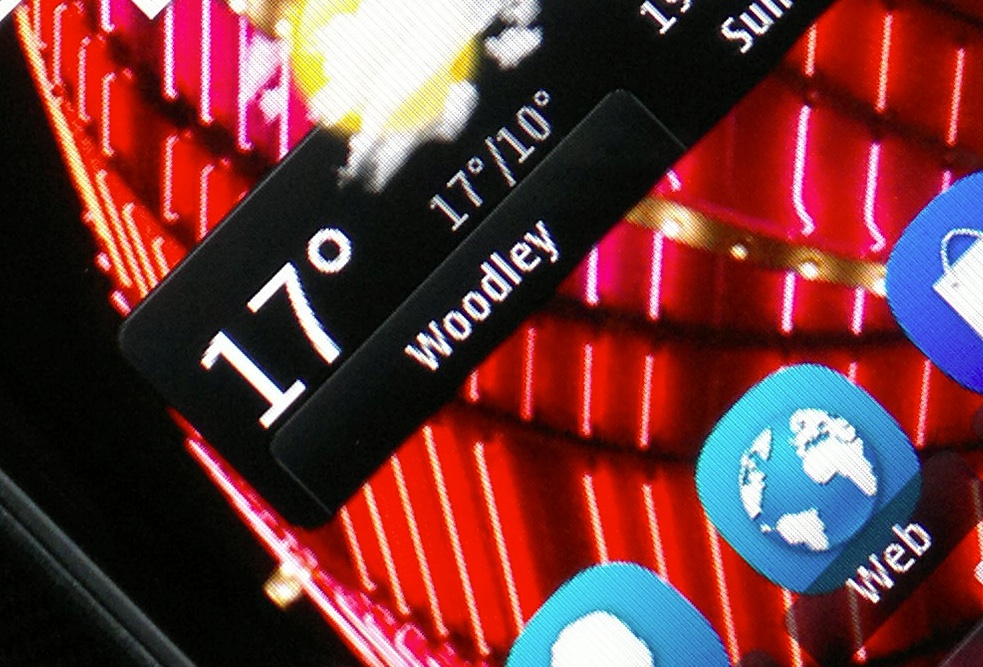
Pixellation on the nHD 4" display of the Nokia 808 PureView. Looks bad at 1" away, but is fine at normal distances, I contend. Especially outdoors!
However, I dispute the current tech wisdom which says that bigger is best - yes, I'd love to have a few more pixels in my Nokia 808's 4" screen, and yes, I'd be interested in a 4.3" 720p version (not that it'll happen, as we've just discussed). But as a pocketable device which is comfortable to hold and use one handed, devices like the Nokia 808 and 701/N8 take a lot of beating. I simply wouldn't want to be carrying around (and babysitting) a Symbian phablet all day, every day, even if such a thing were to exist. The 808's curves and contours are just perfect for holding and manipulating - even the much maligned camera hump is something of a positive, in that it's a natural place for the index finger to nestle in behind and thus ensure a stable grip (see the profile photo below).
In short, I don't think we're missing much in not having a Symbian 'phablet'. Which at least saves us from having to debate whether to use the word in the first place!
Comments welcome, of course, I suspect a few of you will want your say on this topic!
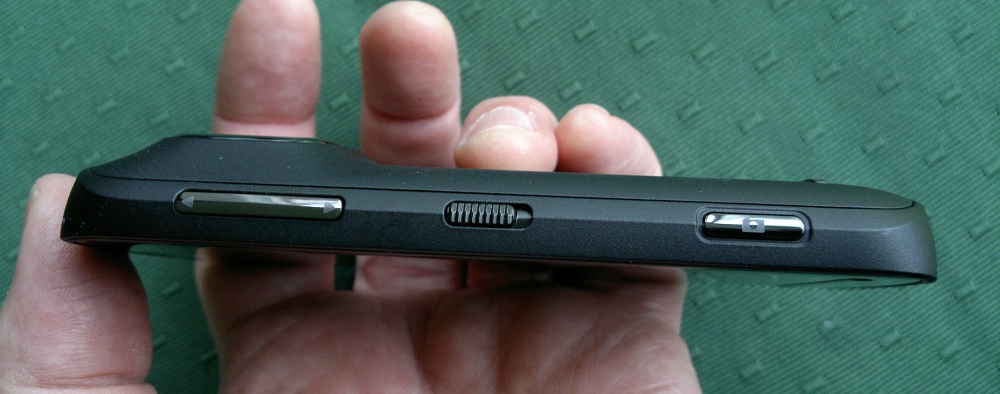
The Nokia 808 from the side. Methinks complaints about the 'hump' are seriously exaggerated.... I've grown to love it!
No hay comentarios:
Publicar un comentario